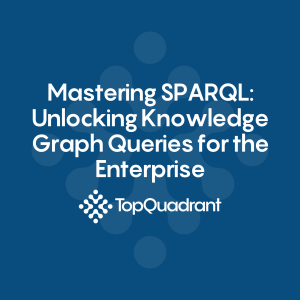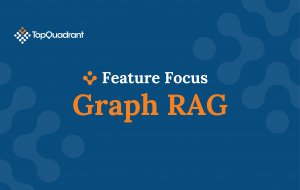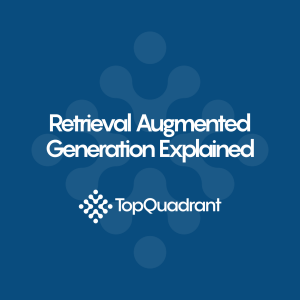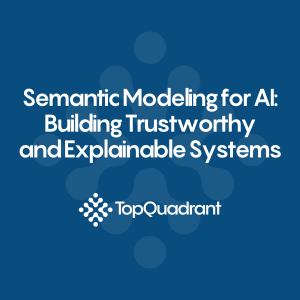Semantic Search with Knowledge Graphs
Traditional keyword-based search engines often fall short in delivering relevant results. On one hand, individual queries need to be precise to get the desired content, often leading to iterative and time-wasting activities. In addition, content is often contained in different formats and housed across several different repositories. Together, these challenges can hinder the effectiveness and efficiency of the flow of information for organizations.
Metadata management solutions within content repository applications such as SharePoint offer some capabilities to improve search, however, their capabilities are not flexible and do not solve the problem of content housed across several disparate content repositories libraries.
Semantic search with knowledge graphs can solve for all these scenarios. Semantic search gives engines the information needed to understand the meaning and intent behind user queries, rather than relying solely on keyword matching. It also goes beyond matching keywords by providing comprehension of the contextual relationships between words, concepts, and entities.
Knowledge graphs are the ideal format to map and store the relationships and meaning to enable semantic search. In addition, knowledge graphs have the flexibility to span multiple disparate content repositories, and accommodate different file types and formats.
Download this white paper and learn how one Fortune 500 Healthcare Company implemented a semantic data product for search with TopBraid EDG that radically improved the speed and effectiveness of its doctors in finding pharmaceutical treatments.
-
Data Governance67
-
Vocabulary Management9
-
Knowledge Graphs43
-
Ontologies15
-
Data Fabric8
-
Metadata Management18
-
Business Glossaries6
-
Semantic Layer11
-
Reference Data Management7
-
Uncategorized2
-
Data Catalogs15
-
Datasets11
-
Taxonomies4
-
News5
-
Policy and Compliance5
-
Life Sciences6
-
Automated Operations6
-
Financial Services10
-
AI Readiness25
-
Podcasts1






